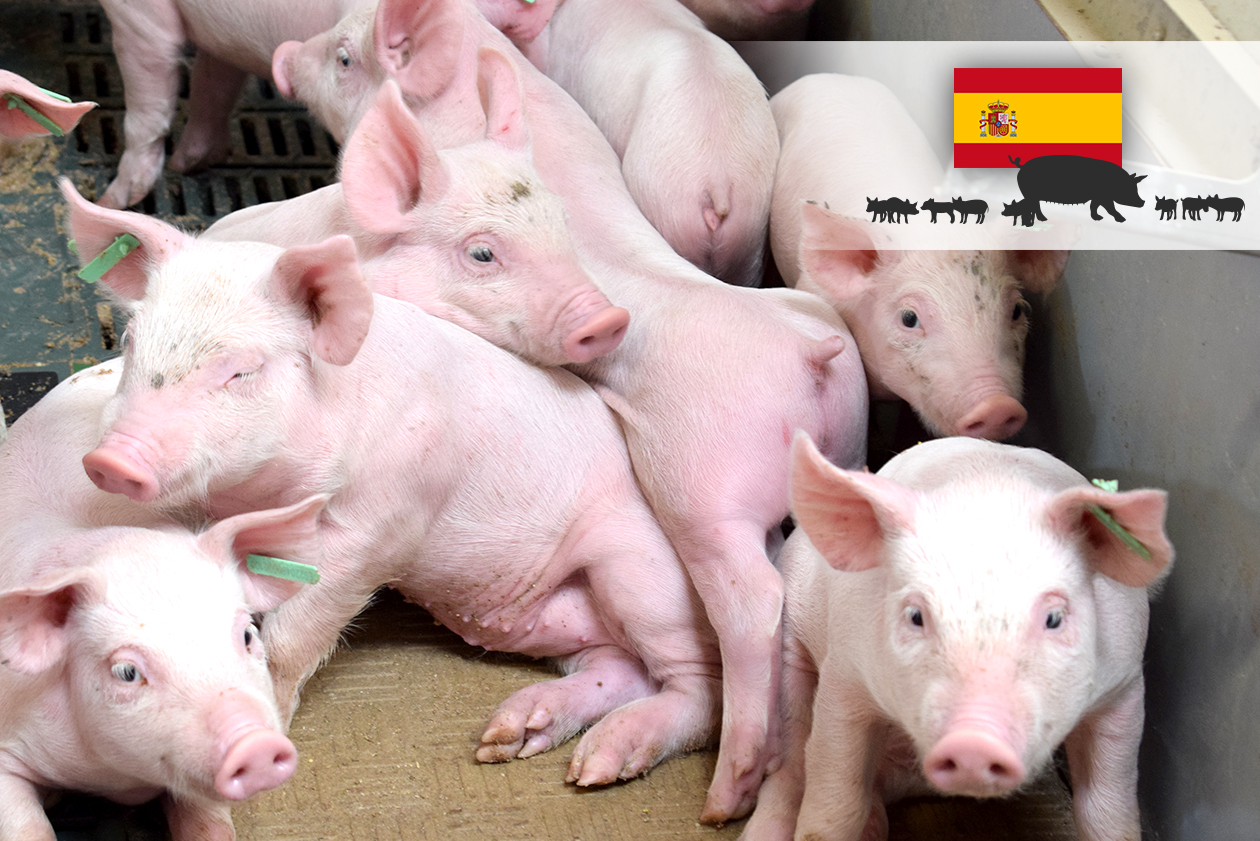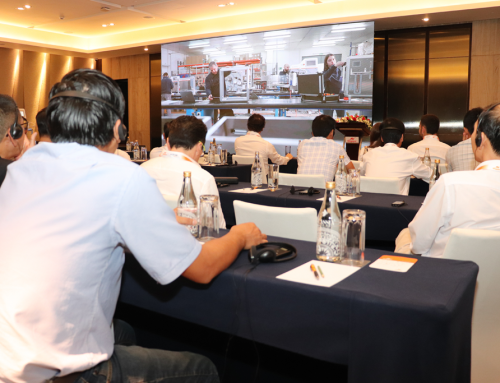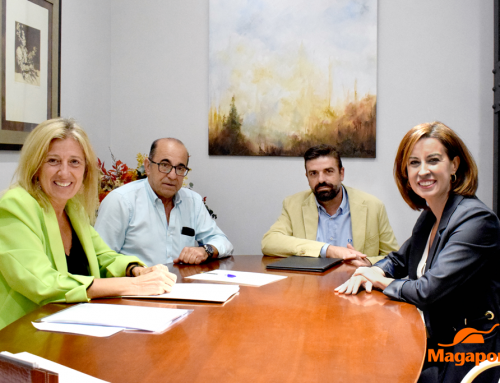The Spanish swine sector is experiencing expansion and continuous growth in recent years. During the year 2017, it has reached a turnover of 15,000 million euros, largely due to the increase in sales abroad, standing at around 13% and reaching 5,000 million (in 2008 were around 2,400 million). Thus, Spain is the third power in terms of world trade in pork products, being present in more than 130 countries.
In addition, nowadays it generates 300,000 direct jobs and around 1 million indirect jobs, many of contributing to set the population in rural areas in times of crisis. Part of the stability that this industry experiences is a consequence of the integration system that is established in 80% of the farms, thus becoming the most important livestock sector, with 14% of the final agricultural production, 36.4% of the final livestock production and 14% of industrial GDP.
Below we will detail this “sweet moment” according to indexes and data commonly used by the sector.
Pig population: Regarding census, Spain is ranked first in Europe and third worldwide, being around 30 million (2.48 million breeding females) and reaching record figures in the last 4 years.
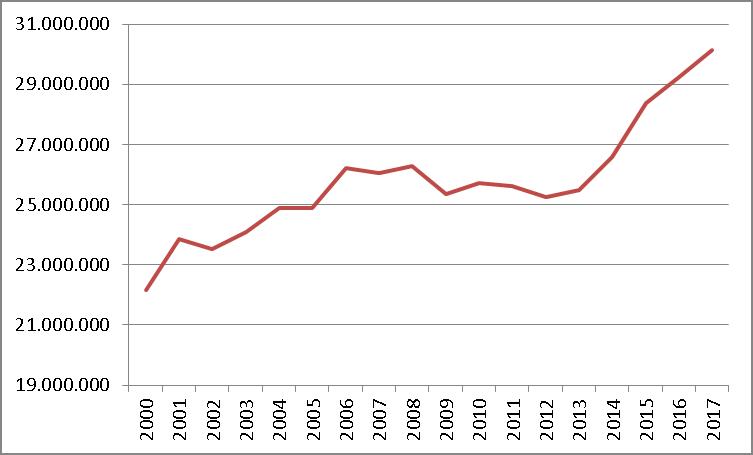
Slaughter of animals: During the year 2017, 49.6 million pigs were slaughtered, producing about 4.25 million tons of pork meat, figures that keep us in the fourth position of meat producers in the world, behind China, the United States and Germany.
In this graph you can see the evolution (in thousands of animals slaughtered)
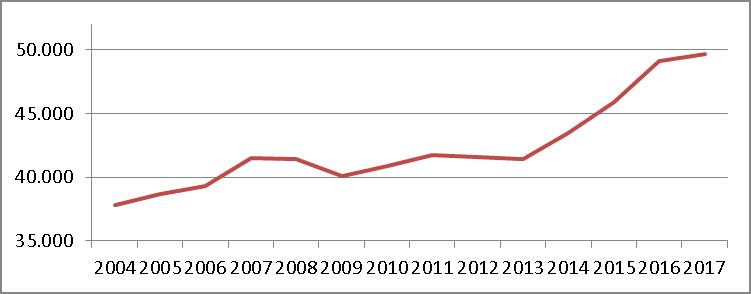
Pork exports: This is one of the most optimistic data, especially in the Asian market, where the main destination is still China. As an example, the Spanish region of Aragon broke the record in sales abroad in both billing and tons of product, with an increase of 48% in 2016 compared to 2015.
Here you can see the Spanish data (in tons).

More than amazing has been the rise since the 80´s. These are the facts:
Pork exports (in tons)
Year To the U. E. Rest of the world
1986 2.736 3.051
2017 1.425.283 740.752
Evolution of swine farms: Although the number of farms has decreased very significantly, from 2000 to 2015 the average size of the pig units has tripled, hence the increase in the swine census. In this graph we show the evolution of the number of Spanish farms.
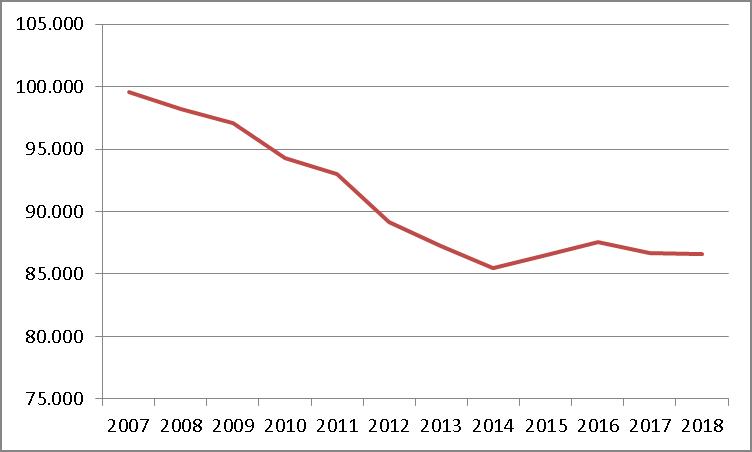
Farrowing rate: It is the percentage of sows that farrow having been inseminated and, if we want to measure reproductive efficiency, this is a good indicator. In Spain this rate has increased annually by 0.42 points in recent years.

Numerical productivity: It is the number of weaned piglets per productive sow and year. This index has improved at a rate of 0.37 piglets per year.

Non-productive days per cycle: The reduction has been 2.72 days in the last 15 years, so this index is very important given the beneficial economic repercussions that its decrease implies.

Evolution of the PCAI in relation to traditional artificial insemination. The percentage of post-cervical insemination has increased from 12% to 81% throughout this century, which undoubtedly has influenced the positive data and rates obtained these years.

This rise in the Spanish swine production is directly linked to a high degree of efficiency, technology, innovation and animal welfare, having become a world reference in the swine sector.
Besides, it is undeniable that these fantastic indexes result from the dedication and constant professionalization of farmers and companies from all areas of the sector. In the case of Magapor, we have grown at the same pace as the sector while contributing to the development of the most innovative techniques of artificial insemination, thus helping to transmit genetic improvement and achieve reproductive efficiency.
To sum up, the Spanish sector looks to the future with optimism but we should never let our guard down, given the challenges and threats that suddenly may arise.
Sources : Interporc, BDPorc, 333, El Periodico de Aragón, MAPAMA (Ministry of Agriculture and Fisheries, Food and Environment) and Eurostat.
From Magapor, we hope you have found this graphic vision of the Spanish sector interesting, as it is based on the most illustrative indexes and rates.
And that is all !!! Next week we will publish another entry!!!

